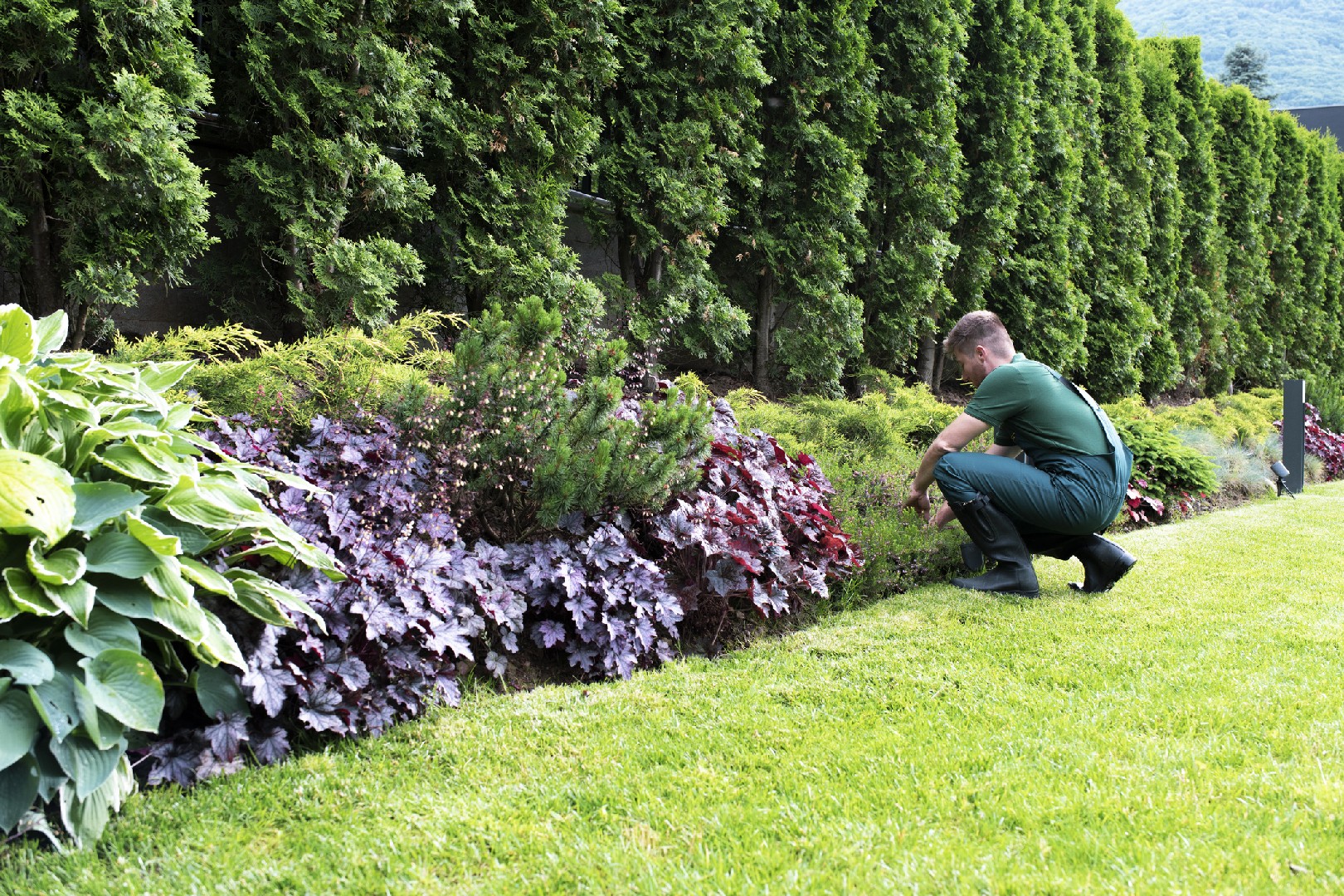![Rectangle]()
Understanding Seasonal Gardening: The Basics
In the world of gardening, understanding the basics of seasonal gardening is essential for maintaining a vibrant and thriving garden all year round. The foundation of seasonal gardening lies in understanding your region's climate and its role in determining your garden plans.
When it comes to seasonal gardening, the first step is to familiarize yourself with your region's climate. Different regions have different climates, and these variations play a crucial role in determining the success of your garden. For instance, if you live in a tropical climate, you will have a different set of plants and maintenance tasks compared to someone living in a temperate region.
Once you understand your region's climate, it's important to identify the seasonal plants that are suitable for your garden. Seasonal plants are those that thrive in specific seasons, bringing color and life to your garden throughout the year. These plants are adapted to the local climate and have specific planting and care requirements. By incorporating seasonal plants into your garden, you can ensure that there's always something blooming, regardless of the time of year.
To make the most of seasonal gardening, month-by-month planning is crucial. Each month brings different tasks and opportunities for your garden. By planning ahead, you can stay on top of maintenance tasks, planting schedules, and seasonal changes. For example, in spring, you may focus on preparing the soil, planting seeds, and dividing perennials. In summer, watering and pest control become a priority. Fall is the time for pruning, cleaning up debris, and planting bulbs for the next season. Winter is a period of rest and preparation for the upcoming spring.
In addition to understanding your region's climate, identifying seasonal plants, and planning month-by-month, there are several skills and knowledge that can enhance your seasonal gardening experience. One vital skill is soil testing. Knowing the pH level and nutrient content of your soil can help you make informed decisions regarding plant selection and fertilizer application. Mastering pruning techniques is another valuable skill that can improve the overall health and aesthetics of your garden.
Furthermore, learning about companion planting can also greatly benefit your garden. Certain plants have positive interactions when grown together, promoting healthier growth and natural pest control. For example, planting marigolds alongside tomatoes can deter pests and improve tomato yield.
To excel in seasonal gardening, it's essential to stay informed about gardening trends, new techniques, and best practices. Joining gardening communities, attending workshops, and reading up on gardening publications can provide you with a wealth of knowledge and resources.
By understanding the basics of seasonal gardening, familiarizing yourself with your region's climate, incorporating seasonal plants, and planning month-by-month, you can create a garden that brings joy and beauty all year round. So grab your gardening tools, put on your gardening gloves, and let the magic of seasonal gardening unfold in your backyard.





